Architectural Scale Models
Architectural Scale Models
We Build Custom Scaled 3D Architectural Models
Did you know we make
custom
3D architectural models?
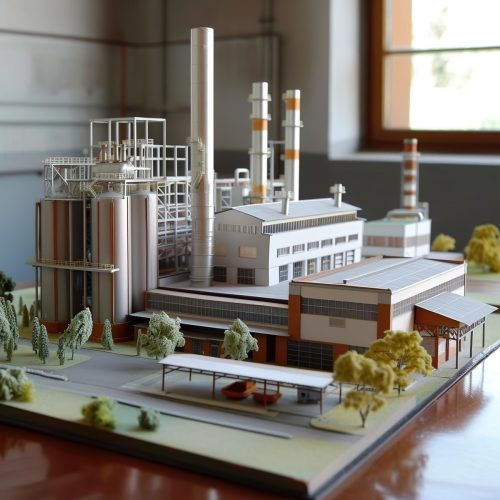
Exploring the World of Architectural Scale Models: A Deep Dive into Craftsmanship, Innovation, and Impact
Welcome to the fascinating realm of architectural scale models, where precision meets artistry, and miniature representations bring grand visions to life. Architectural scale models are vital tools in the fields of architecture, urban planning, real estate development, and education. They provide a tangible way to visualize and communicate complex designs, turning abstract concepts into physical forms that can be explored and understood. Join us on an in-depth journey as we delve into the design, impact, and future innovations of architectural scale models, uncovering their significance and enduring appeal.
The Art of Miniaturization: Capturing Detail in Scale Models
Creating an architectural scale model is a meticulous process that requires a blend of artistic skill and technical expertise. The journey begins with understanding the project’s scope, whether it’s a single building, a complex, or an entire urban plan. Designers and model makers start by studying architectural drawings, blueprints, and 3D digital models to gather all necessary details.
Materials play a crucial role in bringing these designs to life. High-quality plastics, wood, foam board, and 3D-printed components are commonly used to construct the models. These materials allow for precision and durability while being lightweight enough to handle and transport. The surface finishes are meticulously crafted to mimic real-life textures, colors, and materials, from glass and steel to brick and greenery.
The construction phase involves cutting, assembling, and detailing each component. Laser cutting and 3D printing technologies have revolutionized this process, enabling greater accuracy and efficiency. Once the basic structure is assembled, model makers add fine details such as windows, doors, landscaping, and even miniature people and vehicles to bring the scene to life.
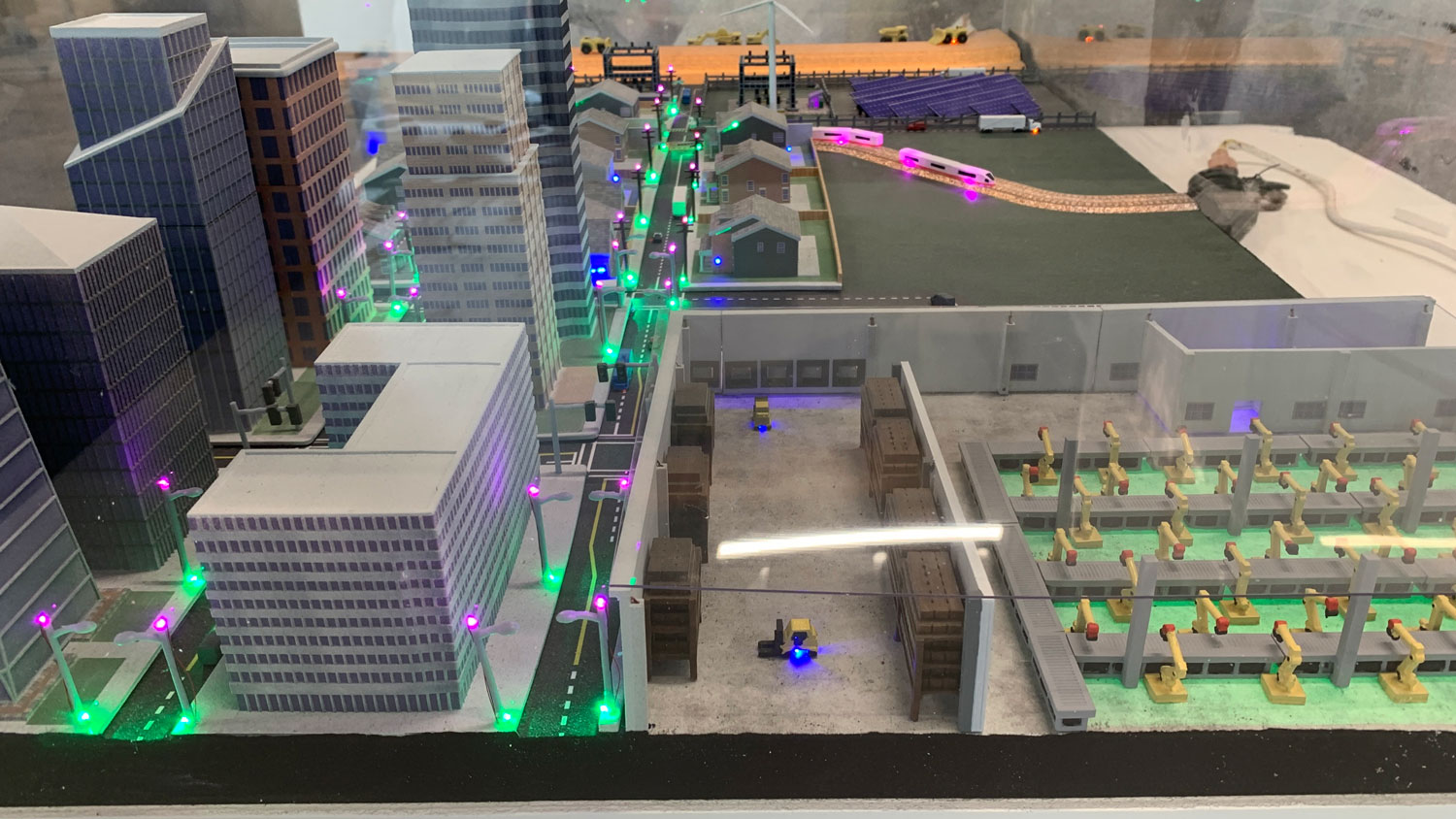
The Role of Scale Models in Architectural Design and Communication
Architectural scale models serve as powerful communication tools that bridge the gap between designers and stakeholders. They provide a three-dimensional perspective that drawings and digital renderings cannot fully capture. These models allow architects, clients, investors, and the public to visualize the design in a tangible form, facilitating better understanding and feedback.
For architects, scale models are invaluable during the design process. They help in exploring different design options, understanding spatial relationships, and identifying potential issues before construction begins. Models can be used to test lighting, shadow effects, and material choices, providing insights that guide design decisions.
In real estate development, scale models play a critical role in marketing and sales. Developers use them to showcase new projects to potential buyers and investors, offering a realistic preview of the finished product. These models can highlight key features, amenities, and the overall layout, making it easier for stakeholders to grasp the project’s vision and scope.
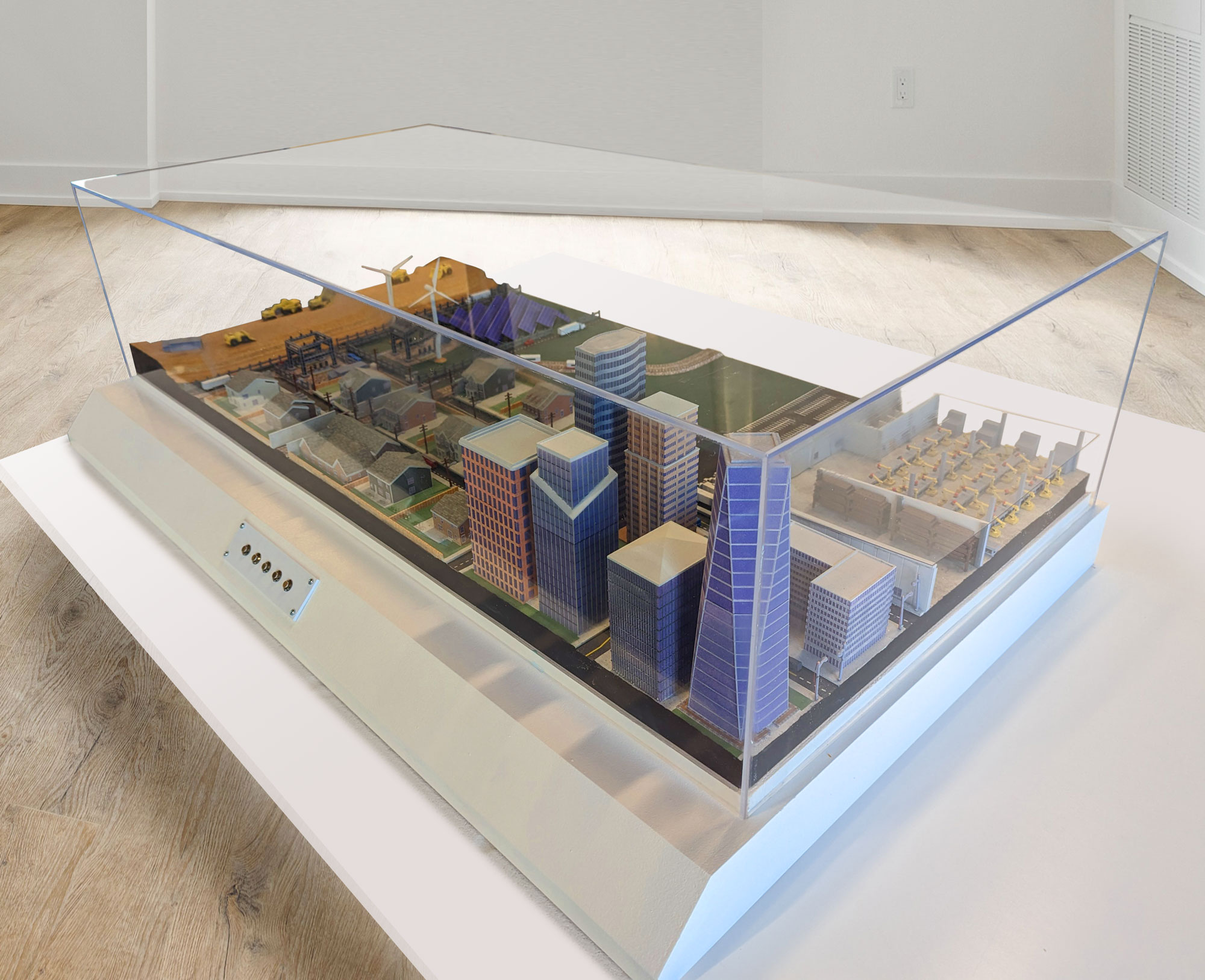
Innovations in Model Making: Embracing Technology and New Materials
The field of architectural model making has seen significant advancements with the advent of new technologies and materials. 3D printing has become a game-changer, allowing for the creation of highly detailed and complex components that would be difficult or time-consuming to produce by hand. This technology also enables rapid prototyping, making it easier to explore different design iterations quickly.
Laser cutting is another technological advancement that has improved precision and efficiency in model making. It allows for intricate designs and patterns to be cut with high accuracy, enhancing the level of detail and realism in the models. Combined with traditional handcrafting techniques, these technologies have expanded the possibilities for architectural scale models.
Sustainability is becoming increasingly important in the field of model making. Many model makers are now using eco-friendly materials and practices to reduce their environmental impact. Recyclable and biodegradable materials, as well as energy-efficient production methods, are being integrated into the model-making process, aligning with the broader goals of sustainable architecture and design.
Educational Value: Architectural Models as Learning Tools
Architectural scale models are invaluable educational tools in both academic and professional settings. For students of architecture and design, building models is a hands-on way to learn about construction methods, materials, and spatial relationships. It encourages creativity, problem-solving, and attention to detail.
In academic settings, models are often used to illustrate historical buildings, urban planning concepts, and architectural theories. They help students visualize and understand complex ideas, making abstract concepts more accessible and engaging. Models can also be used in design studios and workshops, providing a platform for experimentation and exploration.
Professional development programs also benefit from the use of architectural scale models. They are used in training sessions, workshops, and presentations to enhance learning and communication. Models provide a tangible way to explore new design trends, construction techniques, and innovative materials, keeping professionals updated with the latest advancements in the field.
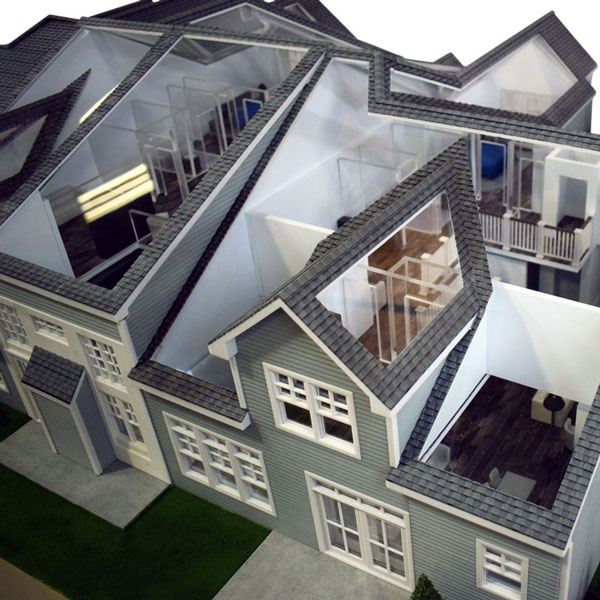
Showcasing Urban Planning and Development
Architectural scale models are not limited to individual buildings; they are also used to represent entire urban plans and developments. These models provide a comprehensive view of how different buildings and spaces interact within a larger context. They help planners and developers visualize the overall layout, infrastructure, and flow of a community or city.
Urban planners use scale models to present master plans and zoning proposals to stakeholders and the public. These models can illustrate how new developments will integrate with existing structures, transportation systems, and natural landscapes. They are also used to study the impact of new projects on the environment, traffic, and community well-being.
For large-scale developments, interactive models with integrated lighting and digital displays can provide dynamic presentations. These models can simulate changes over time, such as the progression of construction phases or the impact of different environmental conditions. They offer a powerful way to communicate complex plans and engage stakeholders in the planning process.
Marketing and Public Engagement: Bringing Projects to Life
In the competitive real estate market, architectural scale models are essential marketing tools that bring projects to life. Developers use them to create visually compelling presentations that attract potential buyers, investors, and tenants. These models provide a realistic and detailed preview of the finished project, highlighting key features and amenities.
Scale models are often showcased in sales offices, exhibitions, and trade shows. They serve as eye-catching centerpieces that draw attention and spark interest. Interactive elements, such as touchscreens and augmented reality (AR) applications, can enhance the experience, allowing viewers to explore the model in greater detail and from different perspectives.
Public engagement is another critical aspect of using architectural scale models. For community projects and public developments, models are used to inform and involve the public in the planning process. They provide a clear and accessible way to communicate plans, gather feedback, and address concerns. By making the planning process more transparent and participatory, scale models help build trust and support for new developments.
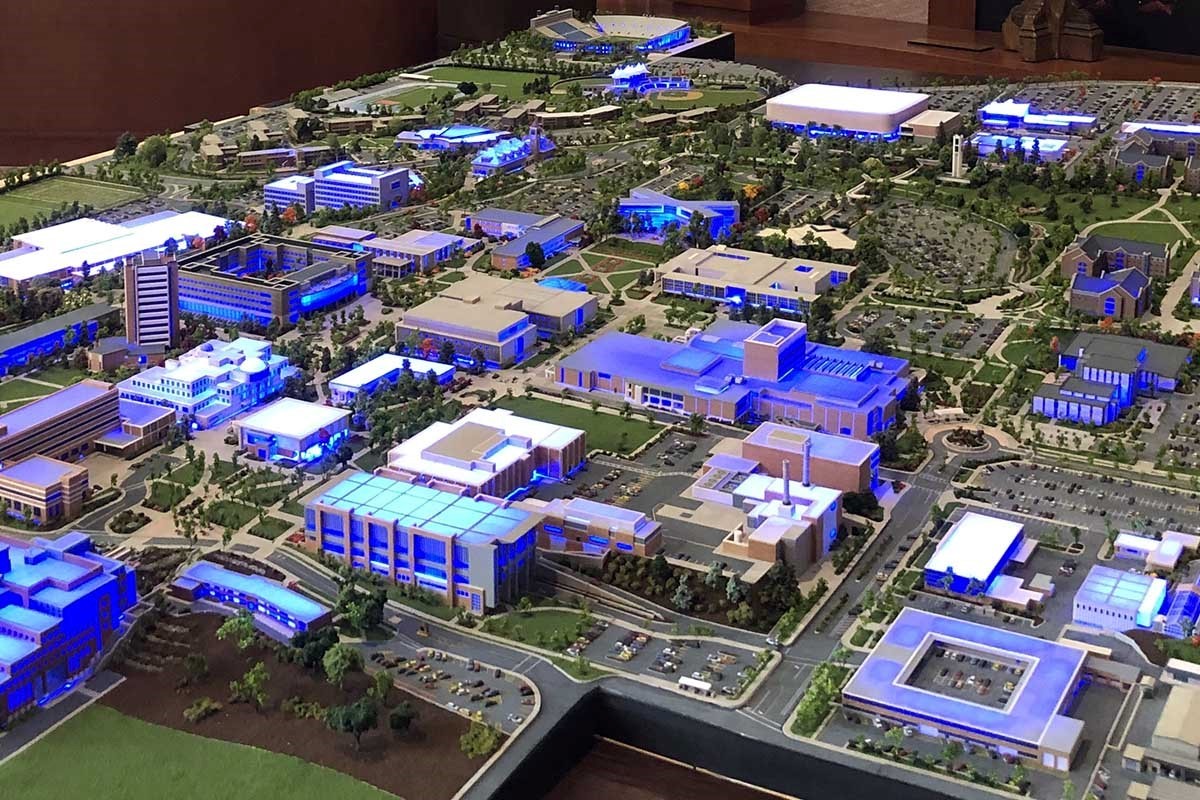
The Future of Architectural Scale Models: Trends and Innovations
As technology and creativity continue to evolve, the future of architectural scale models looks promising. The integration of digital technologies, such as virtual reality (VR) and augmented reality (AR), is transforming how models are created and experienced. These technologies allow for immersive and interactive exploration of architectural designs, providing new ways to visualize and engage with projects.
Virtual reality can create fully immersive environments where users can walk through and interact with scale models in a virtual space. This technology offers a unique perspective, allowing for a more comprehensive understanding of the design and its context. AR applications can overlay digital information onto physical models, providing additional layers of detail and interactivity.
Sustainability will continue to be a significant focus in the field of model making. As the demand for environmentally responsible practices grows, model makers will increasingly adopt sustainable materials and production methods. This shift aligns with the broader goals of sustainable architecture and design, contributing to a more eco-friendly industry.
Customization and personalization are also expected to play a more prominent role in the future. Advances in 3D printing and digital fabrication will enable greater flexibility and customization in model making. Clients will be able to request highly specific and tailored models that meet their unique needs and preferences.
Conclusion: The Enduring Appeal of Architectural Scale Models
Architectural scale models are more than just miniature representations; they are powerful tools for communication, education, and engagement Their ability to capture detail, evoke imagination, and bring abstract concepts to life makes them invaluable in the fields of architecture, urban planning, real estate development, and education.
As technology continues to advance, the possibilities for architectural scale models are expanding. New materials, digital technologies, and sustainable practices are enhancing the craft, providing new ways to visualize and interact with architectural designs. Whether it’s a single building, a complex, or an entire urban plan, architectural scale models will continue to play a crucial role in shaping our built environment.
The next time you encounter an architectural scale model, take a moment to appreciate the creativity, craftsmanship, and innovation behind it. These miniature marvels offer a glimpse into the future of architecture and design, capturing the essence of grand visions in a tangible and accessible form.
Contact us today to learn more about our 3D services and how we can help you achieve your goals.